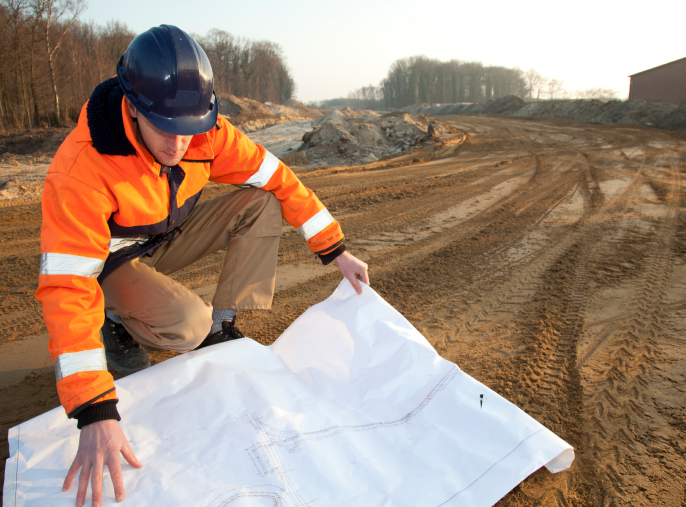Highway Engineering
GROUPE offers highway engineering services throughout the Washington Metropolitan Area and the Mid-Atlantic as a part of our engineering and planning services for public works projects.
Highway engineering refers to the construction and design of safe roads and highways. Based on the principles of civil engineering, highway engineering grew in the 20th century as America’s infrastructure of road systems was built out to today’s current usage.

Throughout the process, agencies and firms have continuously improved standards within highway engineering as we have learned more about important concepts such as surface texture, sight distance, and horizontal and vertical curves as they relate to design speed and grade. If you’ve ever been on an older designed “clover leaf” style on- or off-ramp, you can appreciate some of the other major improvements in the areas of intersection and interchange designs.
There are several types of highways, parkways and highway systems.
These include:
- Parkways
- Limited access and controlled access highways
- The Strategic Highway System
- The Interstate Highway System
In the United States, standards for highway design, construction and usage are developed and published by the American Association of State Highway and Transportation Officials, the Transportation Research Board, The Federal Highway Administration, the Institute of Traffic Engineers, and the Department of Transportation. These boards take into consideration many important design and construction factors including:
- Traffic barriers
- Geometric design of roads
- Road furniture
- Traffic lights
- Transition spirals
- Traffic signs
- Pavement engineering
- Road traffic safety
The Future: Human factors and highway engineering
Today more than ever, human factors must be considered for future highway design and construction. First and foremost, the continual advances in technology contribute to increasing speeds on our highway system, making safety a paramount concern. Secondly, urban areas continue to expand leading to more congested roadways and an aging population of drivers. Demands at intersections, for example, challenge a person’s vision, attention, judgment, reactions, and decision-making. Signs and markings must be easily recognized and understood by the entire driving population. Thus, highway design and engineering professionals must rely on sound planning practices to make sure that all drivers will benefit from future infrastructure investment and, to the best of our ability, allow for future expansion of roadways.
